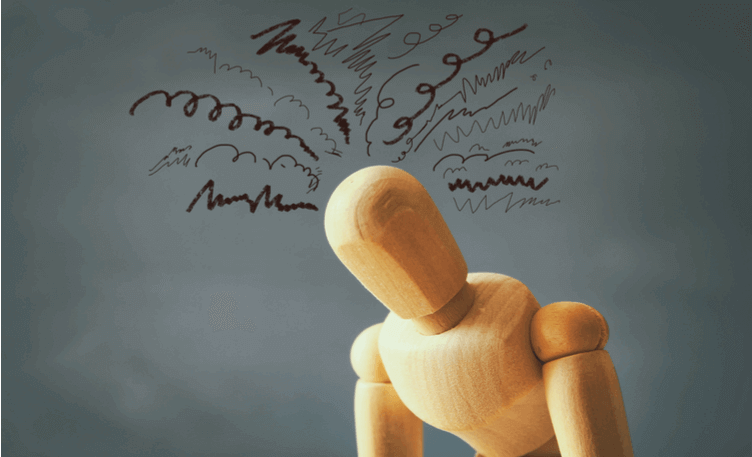The physiological facets of anxiety-induced chest pain are examined, delving into the release of stress hormones and how heightened bodily awareness contributes to the intensity of discomfort.
By Farheen wani
Anxiety, a multifaceted psychological phenomenon, exerts its influence on millions of individuals globally. Among the recognizable physical manifestations linked to anxiety, chest pain emerges as a prominent concern. This discussion aims to intricately unravel the connection between anxiety and chest pain, meticulously examining the diverse facets that contribute to this occurrence.
Chest pain, characterized by discomfort or a sensation of pressure in the chest region, spans a spectrum from mild to distressingly painful, often provoking alarm in those who experience it. Anxiety-induced chest pain manifests in various forms, including a dull ache, sharp pain, or a sense of tightness in the chest area.
Delving into the physiological intricacies of anxiety sheds light on the mechanisms behind its induction of chest pain. Anxiety initiates the release of stress hormones—such as adrenaline and cortisol—into the bloodstream. These hormones orchestrate the body’s “fight-or-flight” response, escalating heart rate, constricting blood vessels, and heightening vigilance.

The surge of adrenaline induces physical changes, including heightened muscle tension. The muscles in the chest area may constrict as a defensive response, perceiving a potential threat. This tension significantly contributes to chest pain experienced by individuals grappling with anxiety. Furthermore, the escalated heart rate and increased blood flow amplify sensations in the chest area, augmenting the perception of pain.
Hyperventilation emerges as another contributing factor to anxiety-related chest pain. During anxious episodes, individuals tend to engage in rapid and shallow breathing, often unconsciously. This form of breathing, known as hyperventilation, disrupts the balance of carbon dioxide and oxygen levels in the body, affecting the function of the heart and blood vessels and potentially resulting in chest discomfort.
Additionally, anxiety fosters an exaggerated awareness of bodily sensations. Those with anxiety display heightened vigilance to physical cues, persistently monitoring their bodies for potential threats. This hyperawareness intensifies normal sensations, leading to an overinterpretation of routine bodily functions as chest pain.
Psychological factors also play a pivotal role in anxiety-related chest pain. Catastrophic thinking, a common accompaniment to anxiety, involves interpreting physical sensations as signs of life-threatening conditions, such as a heart attack. This cognitive aspect exacerbates physical symptoms, intensifying the perceived severity of chest pain.
Recognition of the interplay between anxiety and existing medical conditions is essential. Individuals with pre-existing heart conditions, like coronary artery disease or mitral valve prolapse, may experience chest pain arising from both anxiety and their underlying condition. In such cases, it is imperative to rule out serious cardiac issues through thorough medical evaluation.
Effectively managing anxiety-induced chest pain involves employing various strategies. Primarily, addressing the root cause of anxiety is pivotal, achievable through therapeutic interventions like cognitive-behavioral therapy (CBT), aiding individuals in identifying and reframing anxiety-provoking thoughts and behaviors. Additionally, relaxation techniques, including deep breathing exercises, meditation, and progressive muscle relaxation, can mitigate muscle tension and foster an overall sense of calm.
Engaging in regular physical exercise emerges as another beneficial strategy for managing anxiety and alleviating chest pain. Exercise not only stimulates the release of endorphins, enhancing mood, but also contributes to maintaining cardiovascular health. Adopting a balanced lifestyle, encompassing healthy eating habits, sufficient sleep, and stress management techniques, can profoundly impact anxiety levels, consequently reducing chest pain.
Anxiety-induced chest pain stands as a distressing symptom affecting numerous individuals. Comprehensive comprehension of the physiological, psychological, and cognitive dimensions of anxiety is imperative to fathom why anxiety culminates in chest pain. By addressing anxiety through therapeutic interventions, relaxation techniques, regular exercise, and a holistic approach to self-care, it becomes feasible to effectively manage anxiety-related chest pain and enhance overall well-being.
The author can be reached at [email protected]


Comments are closed.